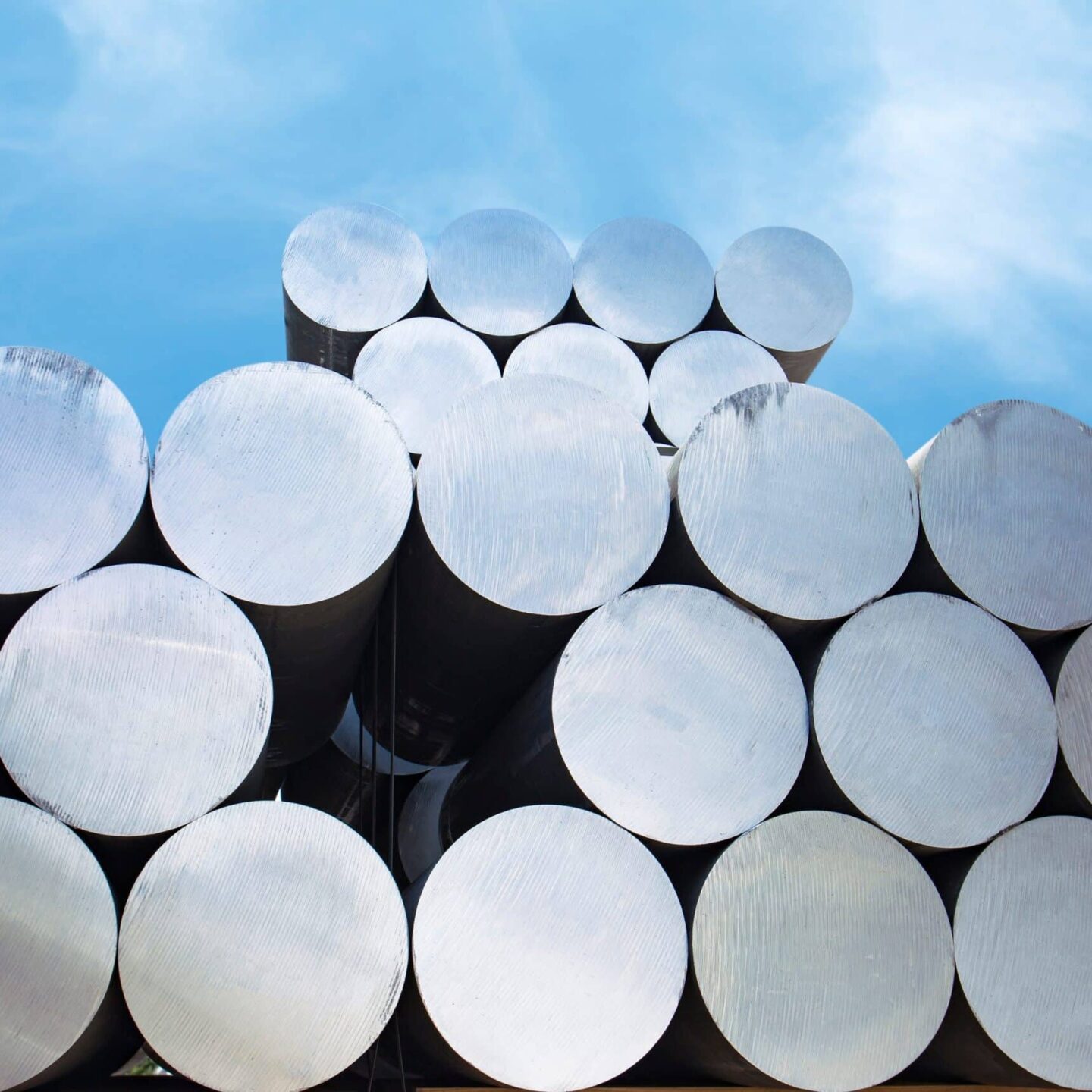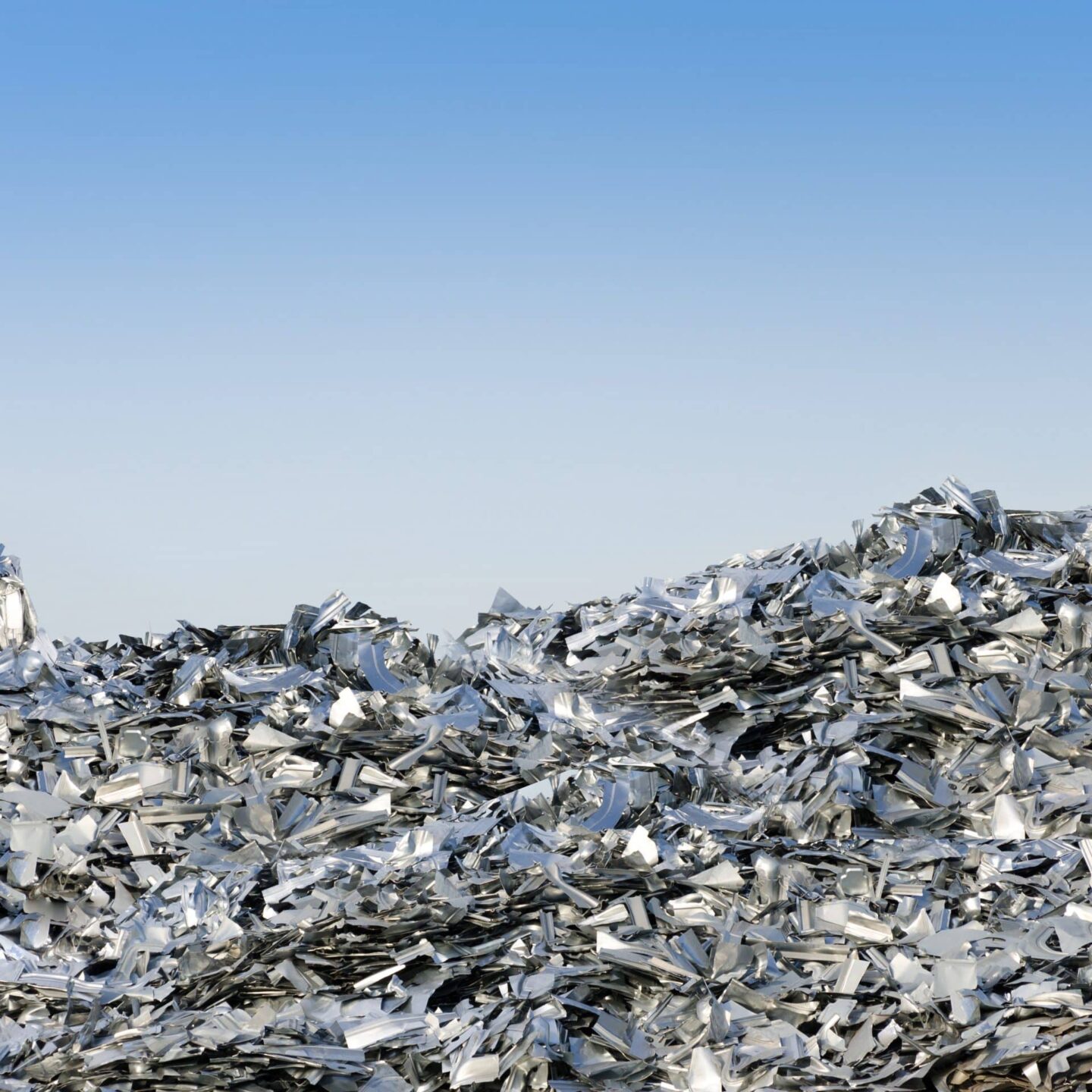The IAI Statistical System is designed to meet the requirement that, in general, individual company data be included only within appropriately aggregated totals by declared geographical areas and not be reported separately. The declared geographical areas and the primary aluminium producing countries which fall in those areas are detailed above.
One asterisk * indicates that the number is revised from previous publication. Two asterisks ** indicates that primary aluminium production data were not reported to the IAI by the company or companies producing primary aluminium solely within that country; these constitute “Estimated Unreported”, where data is available. Dates given against a country indicate that data were reported or not reported, as appropriate, for the limited period shown.





